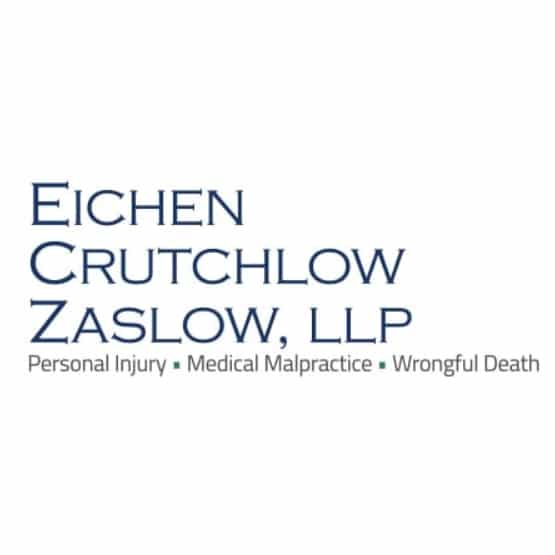A Safety Review of Products in Your Home Can Prevent Injuries
 Danger lurks around every corner and in every nook and cranny – or at least, it’s starting to seem that way. Every day, there’s another story about a car spontaneously combusting or a washing machine lid flying across the room.
Danger lurks around every corner and in every nook and cranny – or at least, it’s starting to seem that way. Every day, there’s another story about a car spontaneously combusting or a washing machine lid flying across the room.
The good news is that you can take steps to lessen the risk that you or a loved one suffers an injury because of a defective or dangerous product in your home. The Consumer Product Safety Commission (CPSC) recommends conducting a routine safety review of the products in your home in an effort to prevent injuries.
If you have unsafe products in your home (even ones with warning labels or the proper safety devices), the products should be reported to the CPSC immediately using the online reporting method. Doing so not only protects you and your family, but also others who will receive recall notices from the CPSC about those products. Every defective product report is kept confidential.
If one of those products causes you harm, you should call us. You could be entitled to damages through a product liability claim.
What types of items should undergo a safety review?
Not every home will have all of the items the CPSC recommends you review for the proper warning labels and safety devices. However, most homes with children will have the majority of these products, making it all the more important to conduct this safety review at least once per year.
- Nursery items. The nursery is where your baby will spend a lot of time during their first few months in your home since they sleep for the majority of the day and night. You should check mattresses, cribs, dressers, playpens, changing tables, and other items in the nursery, as well as high-chairs and car seats, for the registration tag. Every baby product should come with a registration card, which allows you to register the product online so that you receive notice when recalls are issued. That includes:
- Any toy that has a part that could result in choking for a child three and under must have a warning label attached to it. Be sure to separate toys for older children and keep them out of reach of younger children in your home to prevent choking incidents.
- All sleepwear for children should be flame retardant and close-fitting. This helps prevent children from suffering burns. If the items are not flame retardant the tag on the items should say so.
- Art supplies. All art supplies for children should have the following warning on the labels: CONFORMS TO ASTM D-4236. If they do, it means that the items are safe from toxic materials and good for use by children.
- Hair dryers. It seems like common sense to avoid getting your hair dryer wet and then using it but there should still be a warning tag on the device. The hair dryer in your home should also have an immersion-protection device attached to it. This device is part of the plug and helps prevent users from suffering electrical shock.
- Space heaters. Space heaters cause about 300 deaths and 6,000 ER trips every year. Make sure that your space heater is placed away from the wall, and that the cord is in good condition. If the space heater does not have warnings regarding how and when to use them, or about the potential for residential fires or other issues, contact the CPSC immediately.
- Bike helmets. Any bike helmet in your home should have the CPSC label attached to it. If the helmet is missing this label, do not use it. Bike helmets must meet the CPSC federal safety standard in order to hit retail shelves across the country.
- Extension cords. Extension cords are used for just about anything and most often used during the holiday season when everyone has their home decorated. Any extension cord you use should have been checked by a Nationally Recognized Testing Laboratory, such as Underwriters Laboratories (UL), Intertek (ETL) or CSA Group Testing and Certification Inc. If you cannot find this information on the cord’s label or on the box, do not use it. You should never use extension cords with appliances, space heaters, or window or portable air conditioner units.
- All rugs and carpets are required to meet federal standards for flammability. If a small rug or carpet does not meet the federal standard, it should have a label that reads as follows: FLAMMABLE (FAILS U.S. DEPARTMENT OF COMMERCE STANDARD FF 2-70): SHOULD NOT BE USED NEAR SOURCES OF IGNITION.
- Seasonal lighting. All lights used to decorate for the holidays should have devices on them that prevent electrical shock or fire. The lights must meet UL 588 standards in order to be sold in stores. The label on the packaging or the lights themselves should state that they were inspected and certified by a Nationally Recognized Testing Laboratory, such as UL, ETL or CSA.
- Hazardous household products and medications. Certain household products and medications are required to be in packaging that prevent children from accessing these items, according to the Poison Prevention Packaging Act. These items should never be removed from their original packaging and should always be kept in locked cabinets or high off the ground so children cannot access them.
Register for alerts with the CPSC
Starting with an annual product safety check throughout your home is not the only thing you can do to protect yourself and your family. You can sign-up to receive recall alerts from the CPSC on their website. You can also follow them on social media for news releases.
If you or a loved one was injured by a household product, it might be possible to hold the manufacturer or retailer liable for your injuries. The experienced New Jersey product liability attorneys at Eichen Crutchlow Zaslow, LLP will fight for your right to compensation after suffering an injury from a defective or dangerous product. Call our office at 732-777-0100 or fill out our contact form to schedule a free consultation today. We have offices in Edison, Red Bank, and Toms River.

Eichen Crutchlow Zaslow, LLP has purposely remained small in size, because it is important to us that we get to know our clients and their needs. Larger NJ injury firms may churn out case after case, but that’s not how we operate. Partners Barry Eichen, William Crutchlow, and Daryl Zaslow have created a firm with the resources to handle complex litigation, and a team that takes your case personally.
Find out more about Eichen Crutchlow Zaslow, LLP
